Between Christmas and New Year, most supermarkets and bakeries sell these lucky charms.
chocolate piglet: das Schokoladenschweinchen
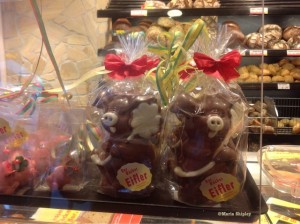
chocolate piglets
marzipan piglet: das Marzipan Schweinchen
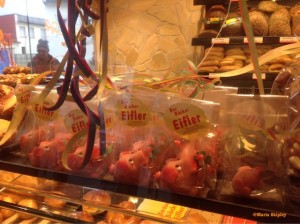
marzipan piglets
das Marzipan Schweinchen mit Schornsteinfeger (m)
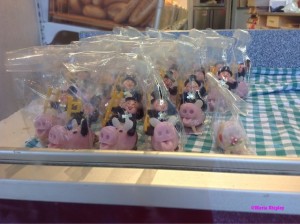
chimney sweeps and pigs
der Schornsteinfeger mit Fliegenpilz (m)
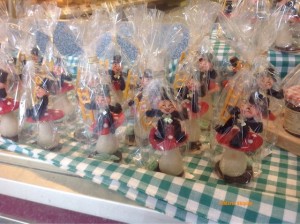
chimney sweep with toadstool
der Schornsteinfeger mit Berliner

donuts for New Year’s Eve
There are numerous temptations out there.
Same procedure as every year.


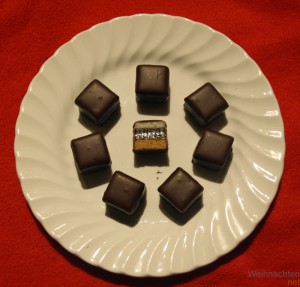 The word Dominostein is used to describe a small baked sweet that is eaten at Christmas time in Germany. It is made up of two or three layers, the base being
The word Dominostein is used to describe a small baked sweet that is eaten at Christmas time in Germany. It is made up of two or three layers, the base being 
 Christstollen is a traditional cake that is eaten at Christmas.
Christstollen is a traditional cake that is eaten at Christmas.


